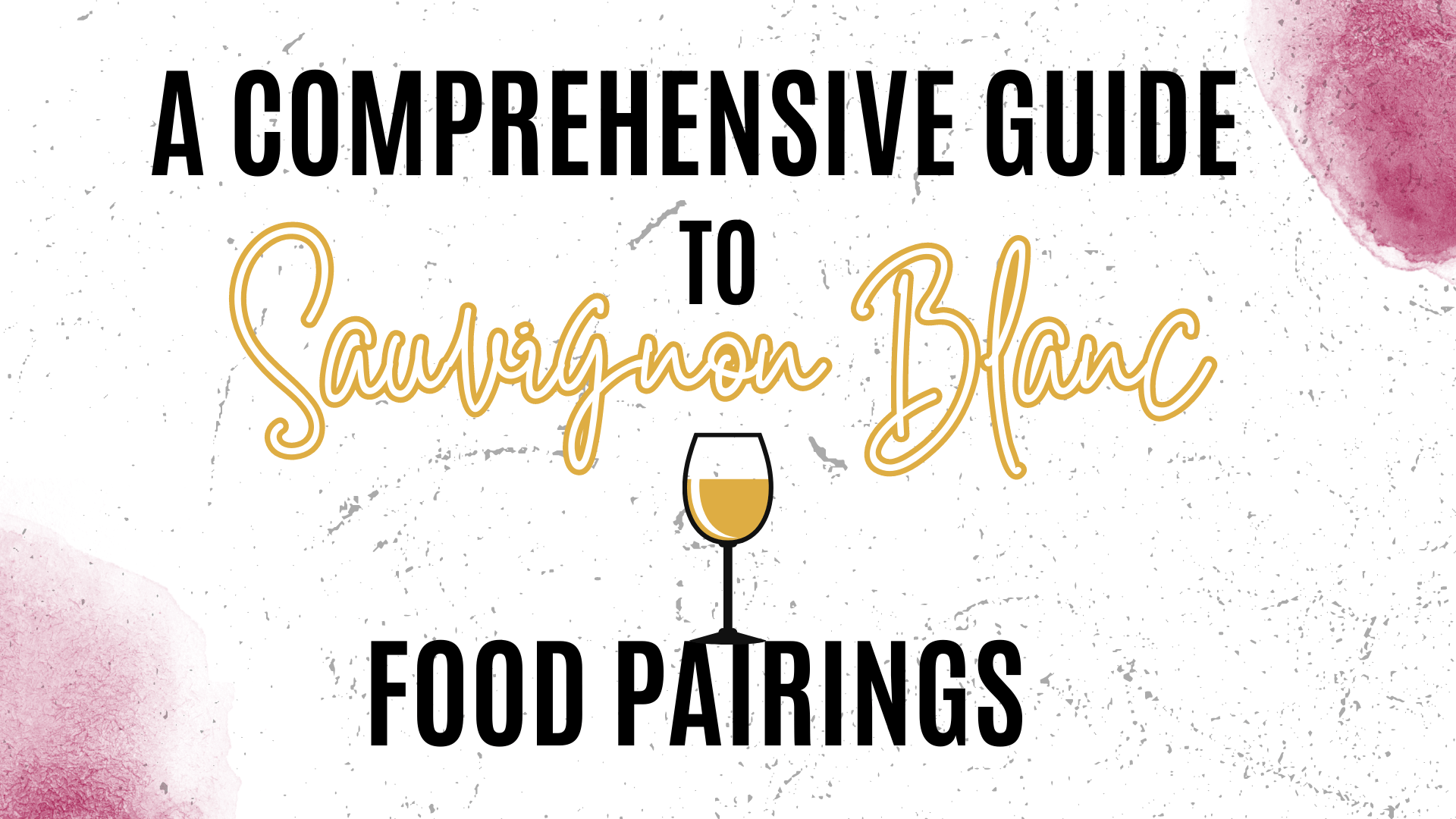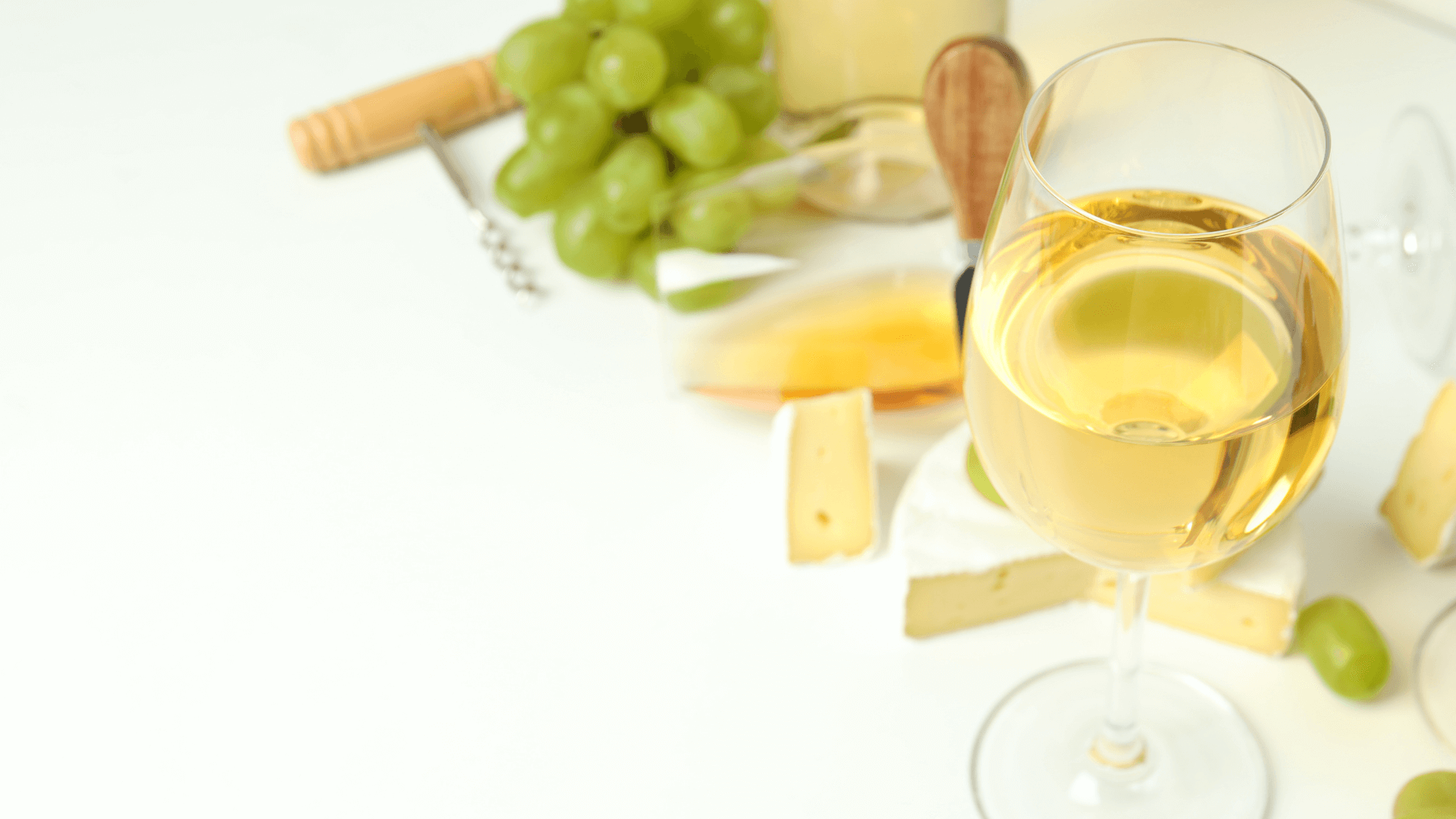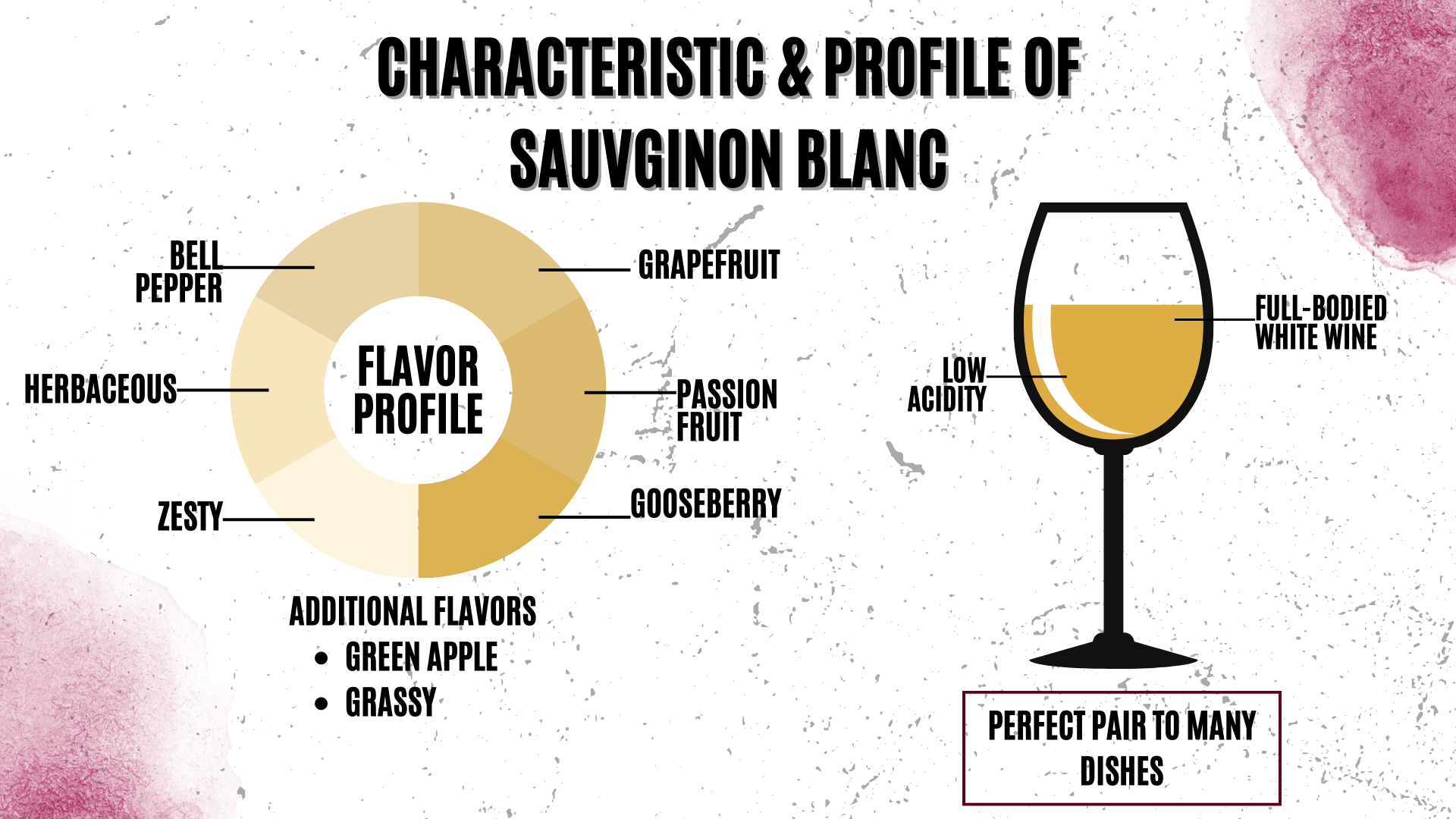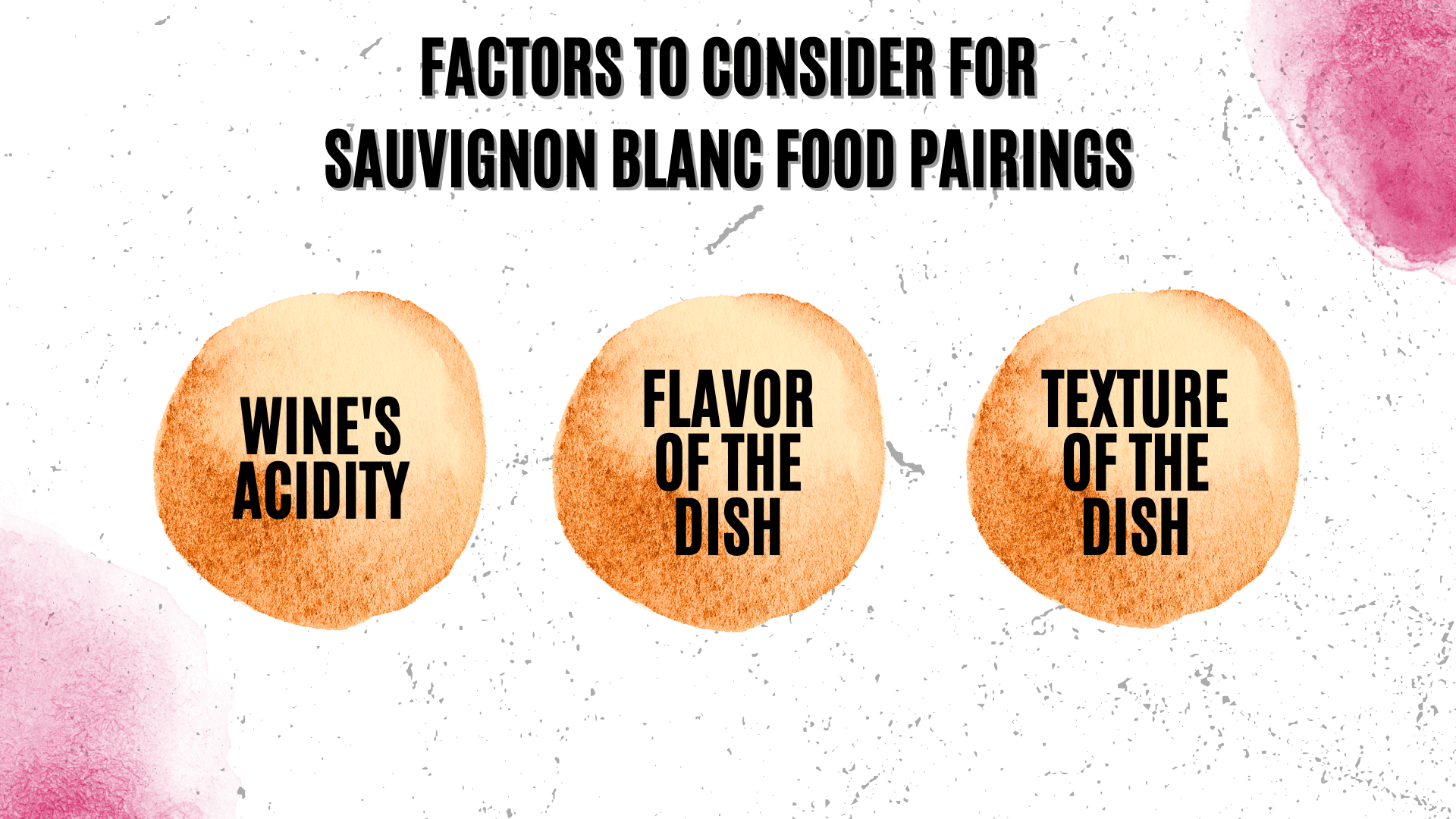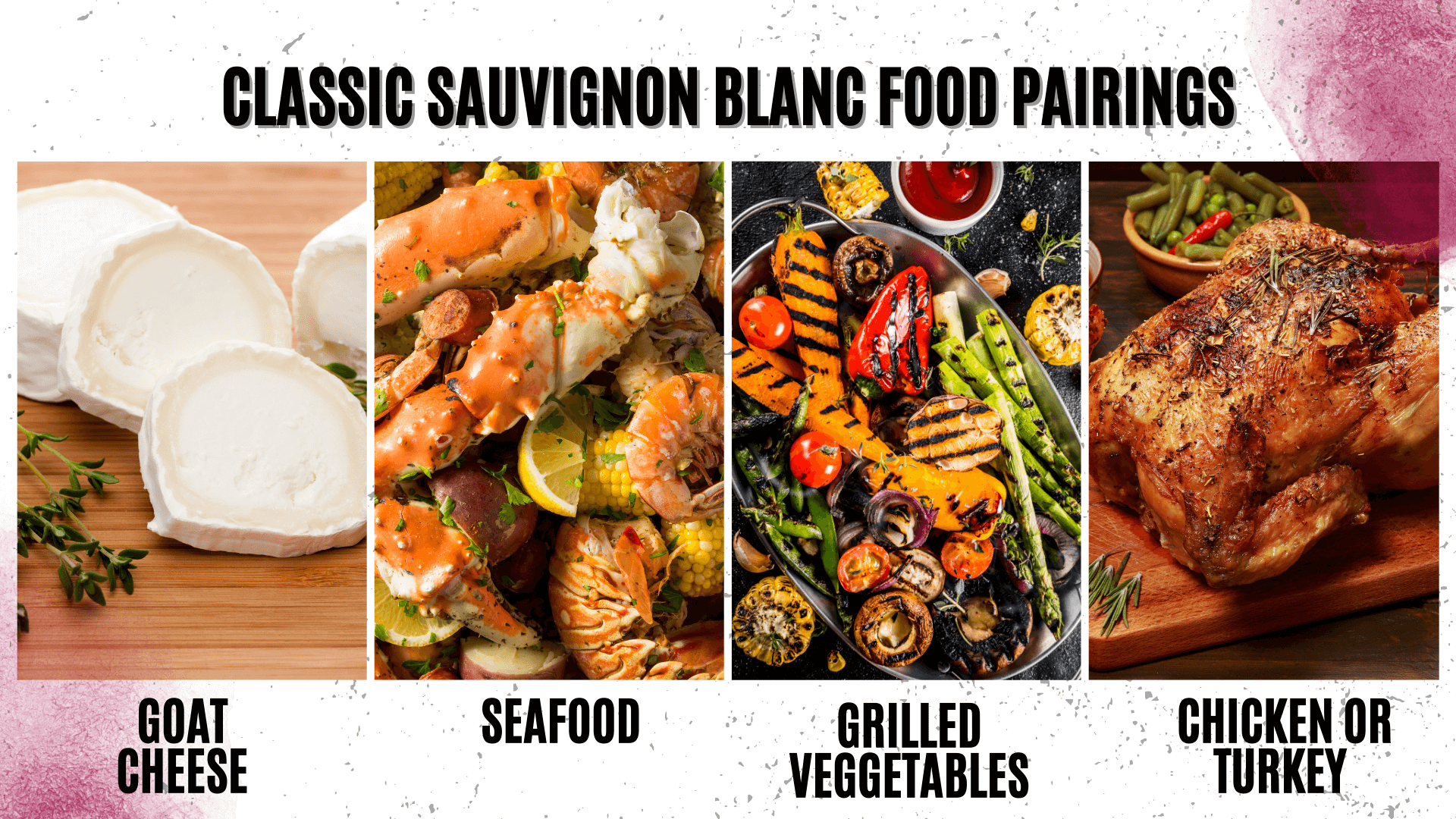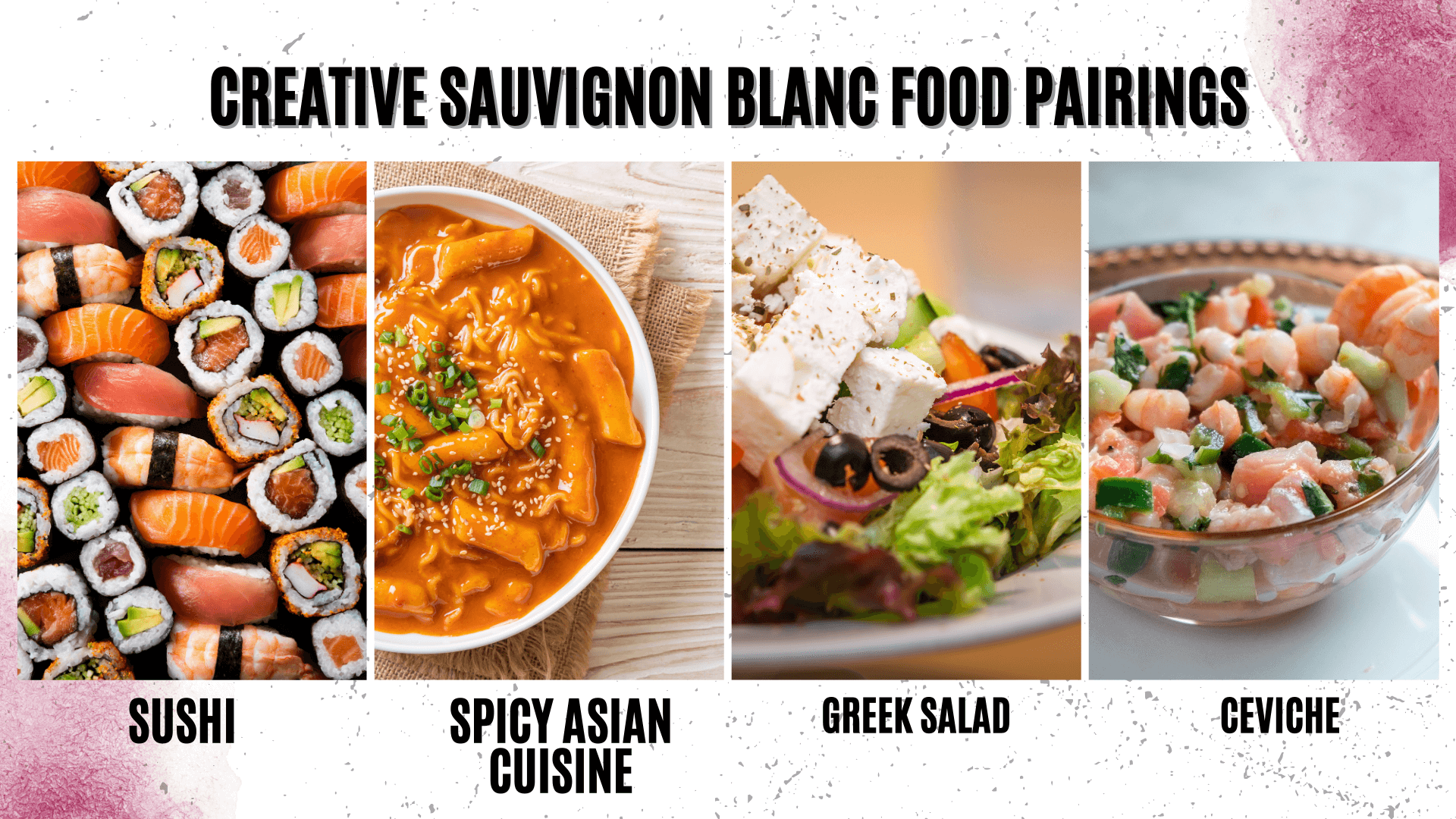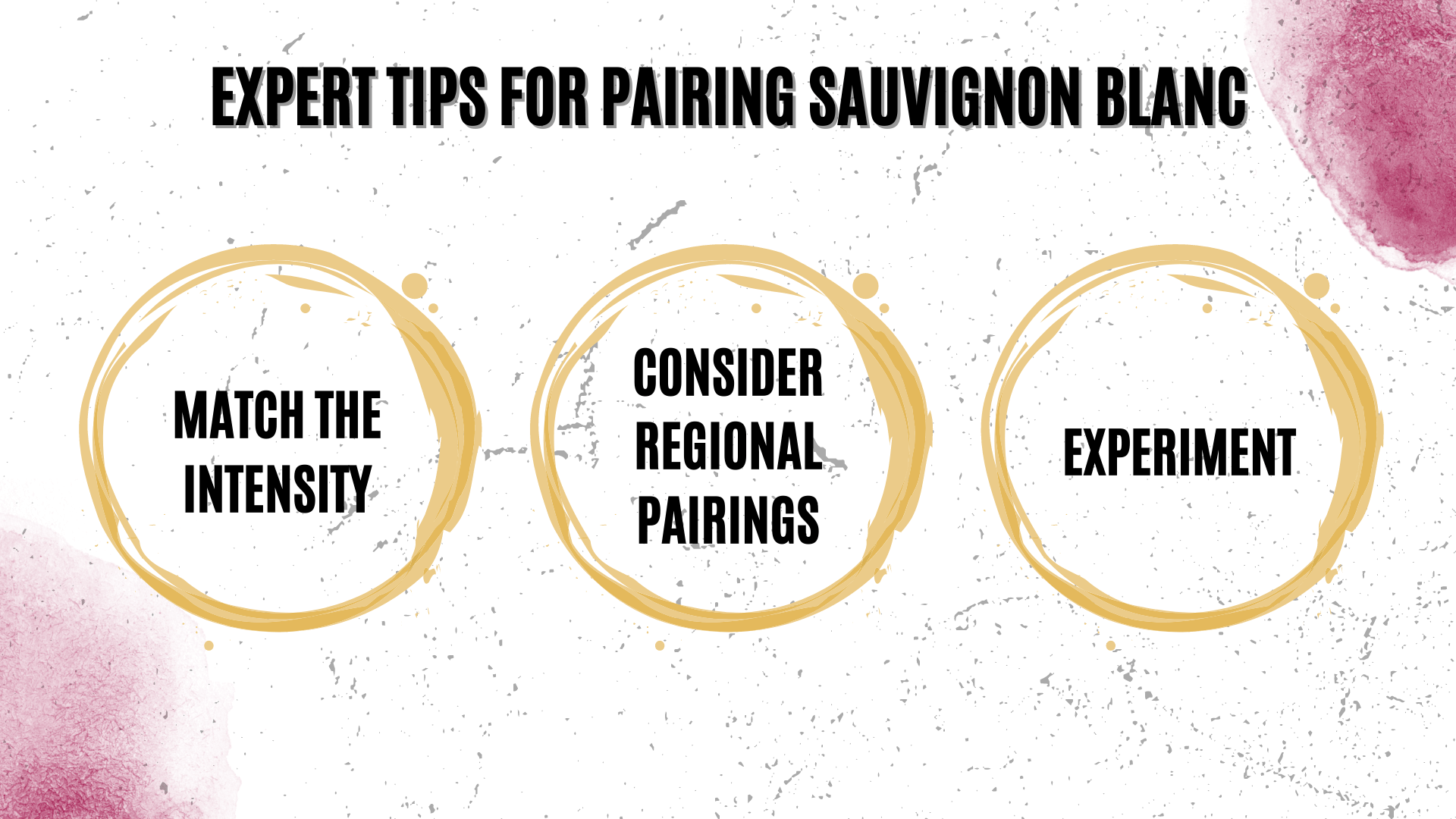Introduction
Sauvignon Blanc is a versatile and refreshing white wine variety known for its crisp acidity, herbaceous notes, and vibrant fruit flavors. It is one of the most popular white wines globally, making it an essential part of any wine lover’s repertoire. This guide will explore the history, characteristics, and food pairing potential of Sauvignon Blanc, providing you with the knowledge to create exceptional wine and food experiences.
I. History
Sauvignon Blanc originated in the Bordeaux region of France, where it has been cultivated for centuries. It is believed to have gained its name from the French words “sauvage” (wild) and “blanc” (white), referring to the grape’s indigenous origins. The grape variety has since spread to many wine-producing regions worldwide, including New Zealand, South Africa, Chile, and the United States (particularly California).
II. Wine Profile
Sauvignon Blanc is a green-skinned grape variety that produces wines with high acidity and vibrant fruit flavors. Depending on the region and winemaking techniques used, Sauvignon Blanc can range from light and zesty to full-bodied and oak-aged, offering a broad spectrum of flavors and styles.
III. Characteristics of Sauvignon Blanc
Sauvignon Blanc is known for its aromatic and expressive nature, with common flavors including grapefruit, passion fruit, gooseberry, and green bell pepper. In cooler climates, the wines tend to have more pronounced acidity and herbaceous notes, while warmer climates produce riper fruit flavors and softer acidity.
IV. Factors to Consider for Sauvignon Blanc Food Pairing
When pairing Sauvignon Blanc with food, consider the wine’s acidity, fruitiness, and potential herbaceousness. These elements can be used to complement or contrast with the flavors and textures of various dishes, creating harmonious and exciting pairings.
V. Classic Sauvignon Blanc Food Pairings
- Goat cheese: The tanginess of goat cheese and the acidity of Sauvignon Blanc create a perfect balance, enhancing both the wine and the cheese.
- Seafood: Sauvignon Blanc’s crisp acidity and citrus flavors make it an ideal pairing for light seafood dishes, such as shrimp, oysters, and white fish.
- Grilled vegetables: The wine’s herbaceous notes complement the charred flavors of grilled vegetables, creating a delightful combination.
- Chicken or turkey: The wine’s acidity can cut through the richness of poultry dishes, while its fruit flavors enhance the natural sweetness of the meat.
VI. Creative Sauvignon Blanc Food Pairings
- Sushi: The acidity and fruitiness of Sauvignon Blanc can work well with the fresh flavors of sushi and sashimi, creating an unconventional yet delicious pairing.
- Spicy Asian cuisine: The wine’s acidity and fruitiness can help tame the heat of spicy dishes while accentuating their complex flavors.
- Greek salad: The combination of crisp vegetables, briny olives, and feta cheese in a Greek salad can be enhanced by the wine’s acidity and herbaceous notes.
- Ceviche: The citrus and acidity in Sauvignon Blanc can complement and elevate the bright flavors of a ceviche dish.
VII. Expert Tips
- Match the intensity: Ensure that the Sauvignon Blanc’s intensity matches that of the dish to avoid overpowering one or the other.
- Consider regional pairings: Explore pairings with dishes from regions where Sauvignon Blanc is produced, such as New Zealand or the Loire Valley in France.
- Experiment: Don’t be afraid to try unconventional pairings and discover new flavor combinations.
Conclusion
Sauvignon Blanc is a versatile and delightful white wine that offers a range of flavors and styles, making it an excellent choice for various food pairings. Whether you’re enjoying a classic goat cheese and Sauvignon Blanc combination or venturing into more adventurous culinary territory, the key to successful pairings is balancing the wine’s acidity, fruitiness, and herbaceousness with the flavors and textures of your chosen dish. By considering the intensity, regional influences, and personal preferences, you can create memorable and enjoyable Sauvignon Blanc and food experiences.
Frequently Asked Questions
Sauvignon Blanc pairs well with a wide range of dishes, including seafood, poultry, grilled vegetables, and goat cheese. The wine’s acidity, fruitiness, and herbaceous notes can complement or contrast with various flavors and textures.
The style of Sauvignon Blanc, influenced by factors such as climate and winemaking techniques, can impact its pairing potential. Cooler climate Sauvignon Blanc tends to have higher acidity and more herbaceous notes, making it suitable for lighter, fresher dishes. Warmer climate Sauvignon Blanc often exhibits riper fruit flavors and softer acidity, allowing it to pair well with slightly richer or spicier dishes.
Yes, Sauvignon Blanc’s acidity and fruitiness can help tame the heat of spicy dishes, making it a suitable pairing for various spicy cuisines.
While Sauvignon Blanc is a versatile wine, it may not be the best choice for pairing with very rich, heavy, or sweet dishes, as its acidity and herbaceous notes may clash with these flavors. In such cases, opt for a wine with more body or sweetness to create a more harmonious pairing.


